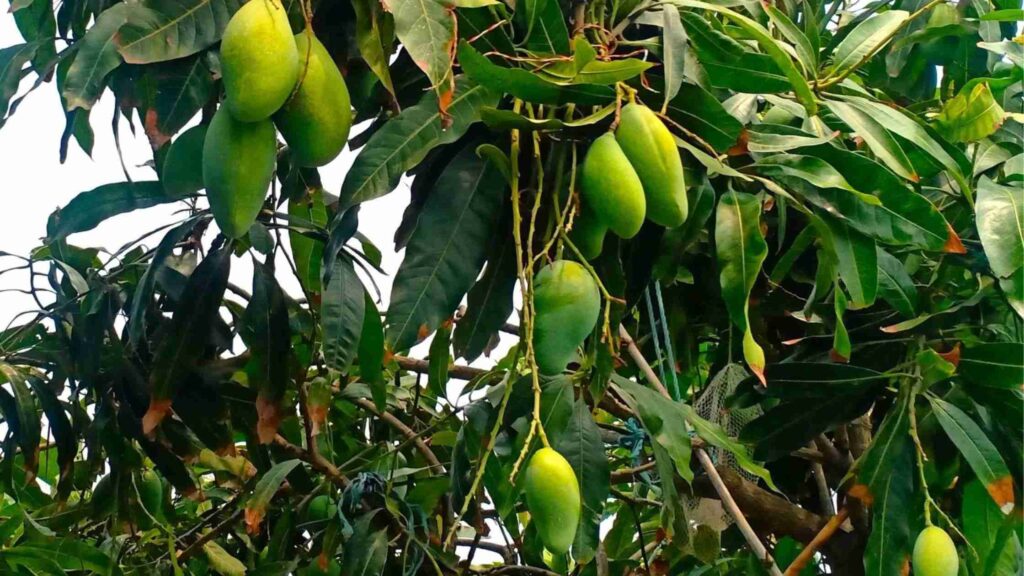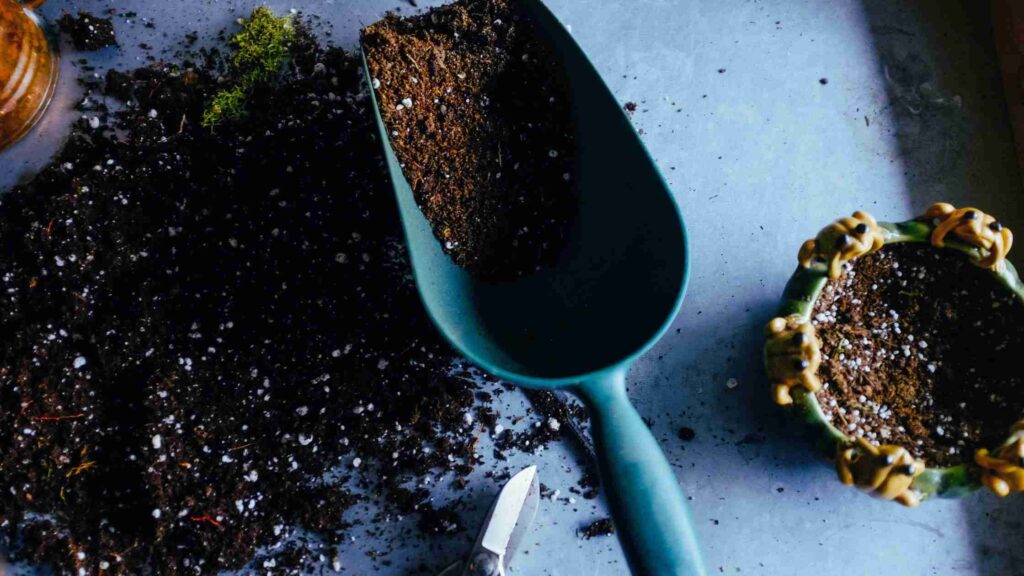I will demonstrate how to grow strawberries from seed in a container and achieve a bountiful harvest. Besides, I will explain techniques to produce dozens of large, crunchy, juicy, and sweet fruits from even small plants, 100% organically. This step-by-step guide will cover proper care for the plant, with updates spanning 4 months. One of the easiest fruits to grow in a pot is the Strawberries.
Seedlings the Strawberries Seeds

Winter is the ideal season to plant strawberries because the temperature ranges from 6 to 24 degrees Celsius. I went to the market and bought ripe strawberries; the best ones to plant are those with brown to black seeds. The outside of the strawberry fruit contains the seeds. Then I peel the skin with a sharp knife and cut just enough to get the seeds and a little flesh.
I arranged the seed strips vertically on a sanitized paper towel. I pressed the strips into the paper towel gently. Then I laid the skins on a fresh paper towel sheet and let them air dry. The inner fruit can be used in smoothies, sherbets, pies, and salads. To dry out the skins, I placed them in full sun for 2-3 days. After that period, the skins were completely dry, making it easy to extract the seeds. I gently rub my finger over each strip of dried strawberry flesh, and the seeds have come loose.
Container Selection

For efficient drainage, I took a medium-sized pot and filled the bottom drainage holes with tiny stones. I blended 60% cocopeat and 40% compost to create the ideal potting soil. For an organic fungicide, I sprinkled in two handfuls of neem cake powder. After leveling up the dirt with my hand, I scattered the seeds on the surface. The seeds don’t require to be covered. To assist the seeds, I stayed moist until they germinated, I covered the pot with plastic wrap after giving it a light watering with a watering can.
It was taking a few days or up to 35 days for strawberry seeds to germinate. The moment the seeds began to sprout, took off the plastic cover. The time it takes for seedlings to emerge from the earth is approximately 35 days. I transplanted the seedlings into individual cells for healthy growth after 45 days, when they were between one and two inches in size.
Transplant the Seedlings

The seedlings were prepared for transplanting after 84 days, or when they have developed 3 to 4 genuine leaves. I made use of pots with a 6 to 8-inch diameter and appropriate bottom drainage holes. To ensure that water may drain freely while keeping the potting soil in place, cover the drainage holes with tiny stones.
I delicately extracted the seedlings using a gardening tool while preserving the root ball. Then I planted one seedling per pot to allow ample space for growth. I dug a hole in the center of each pot, ensuring it was deep and wide enough for the roots. Then I placed the root ball into the hole and covered it with soil, ensuring the crown remained at the soil surface. I positioned the pot so the stem meets the roots. I repeated this process for all seedlings. Firmly I pressed the soil around the stem with the fingers to provide support, then watered the plants immediately after planting. Keep the pots in direct sunlight and water them whenever the soil dries.
Soil Selection
To make the best potting soil, I mixed 50% garden soil, 30% compost, and 20% cocopeat or river sand. This mixture allows for good drainage and is fortified with organic compost. After transplanting, I filled the pots with this soil mixture and gave them plenty of water. After ten days, I made sure the strawberries got 5 to 7 hours of direct sunlight each day to ensure good growth.
Harvesting Time

After 125 days, strawberries were typically ready for harvesting, usually 3-4 weeks after blossoming. By day 132, strawberry plants become perennial. They are naturally cold-hardy and can withstand mild freezing temperatures, requiring minimal care in areas with mild winters.
Harvest strawberries as soon as they turn red and ripe, cutting them by the stem to avoid damaging the plant. Be prompt, as strawberries left on the soil too long may rot. If birds are a threat to your harvest, consider installing bird netting over your plants to protect the fruit.
Strawberries Diseases and Pests Management
The most common pests that affect Strawberries include slugs and snails. The lime is the first and most effective way to get rid of slugs on your plants is to protect them from slugs. I spread the lime in the circle of strawberries about 2 inches wide. Because they cannot overcome this obstacle the slugs and snails immediately get burned. To effectively manage fruit flies, it’s recommended to regularly spray the strawberry plants twice a month with a solution of 1 liter of water, 1 teaspoon of Baking soda, 1 teaspoon of natural soap, and 1 teaspoon of vegetable oil.
Another effective method is using pheromone traps to trap and control fruit flies around the strawberry plants. Implementing these measures can significantly reduce pest damage and ensure healthier pumpkin growth.



